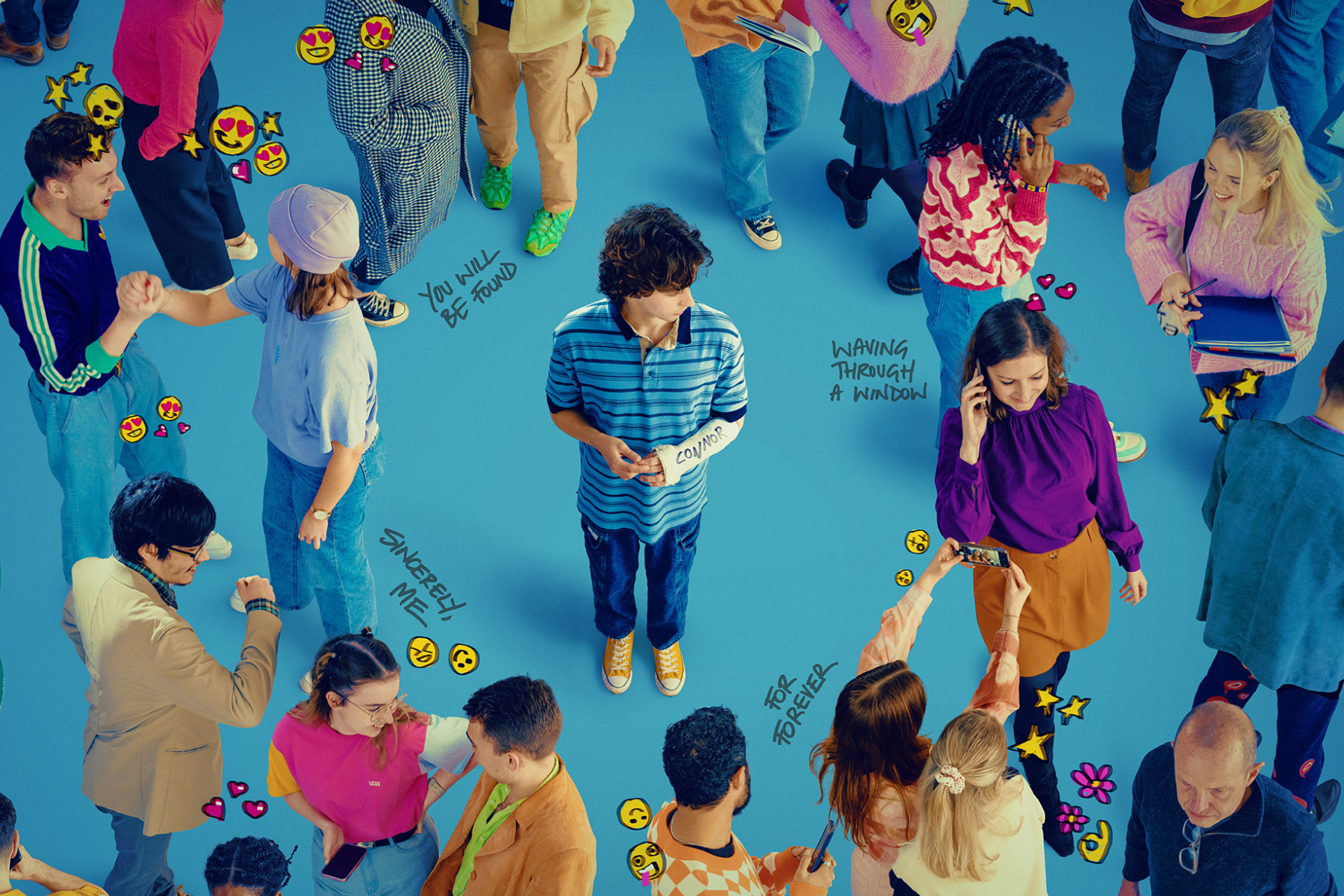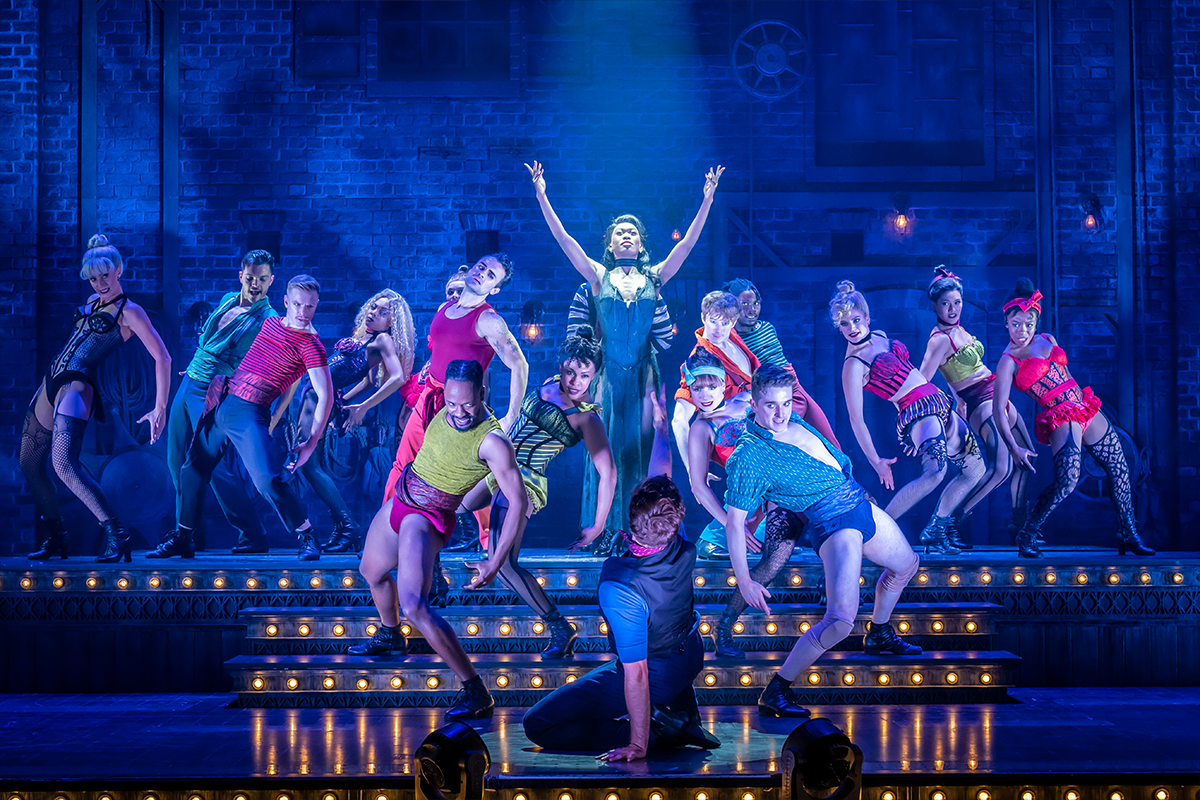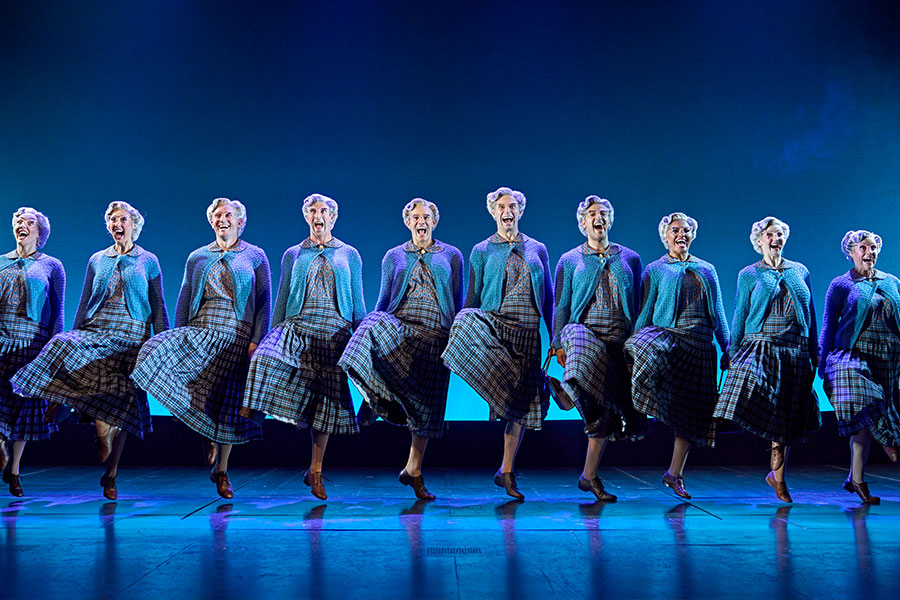Teresa Ludovico on Teatro Kismet
Can you explain how Teatro Kismet came about?
It was founded 30 years ago, at first as a company of young actors who had all trained with Carlo Formigoni, then in 1981 these young actors opened a theatre in Bari (south-east Italy) with the mission statement of being an factory for the arts. In 1989 they were acknowledged by the Italian Ministry for Arts and Culture as a Teatro Stabile di Innovazione which means “innovative repertory theatre for young audiences”. This was a recognition of Kismet’s commitment to researching new theatrical languages as well as creating new work for national and international touring but also of their strong social program which includes 20 years working with artists with learning disabilities and 11 years of work with young prisoners as well as a strong connection with the community.
How does its production/performance style differ from that of other ensembles (both in Italy and abroad) playing to similar audiences?
I have been working with Teatro Kismet for 20 years and since 2000 I’ve dedicated myself to creating shows which are for all audience members. The Mermaid Princess is the final installment in a trilogy aimed at audiences of all ages, which started with Beauty and the Beast and was followed by The Snow Queen, both of which have been performed in the West and in the Far East. My objective is to create plays which can speak to children and adults alike. I think this is the innovative aspect which makes our productions different from conventional “children’s theatre” or “grown-up theatre”. As my shows are built with symbols and archetypes they are layered and therefore offer diverse interpretations.
Why does the company have such an international dimension, including playing in Great Britain with some English language dialogue?
We are really interested in coming into contact with foreign audiences as it greatly enriches our work. And as we want to engage with all audiences and we give great importance to the spoken word, we perform the whole show in the language of the country we are in.
How did the Warwick Arts Centre connection come about? And the Tokyo one?
Warwick Arts Centre shares our belief in bringing innovative and engaging stories to children and families and they particularly look for theatre which is imaginatively conceived and ingeniously told. We worked with them to produce the UK tour of The Snow Queen and are delighted to collaborate with them again with The Mermaid Princess.
In 2002 Tokyo’s Setagaya Public Theate co-produced and staged our touring production of Beauty and the Beast, which was a great success. The theatre director manifested an interest in my poetics and asked me to create shows with Japanese artists and also to carry out some pedagogical activities. Every year I go to Japan for a few months to collaborate with Setagaya Public Theatre and –since the summer of 2009 ¬ I have started collaborating with Za Koenji Public Theatre for which I have written and directed The Travelling Companion.
After this Andersen triology, what next? And where?
We are currently touring around Italy with a Kismet production of Molière’s The Hypochondriac (Le malade imaginaire), which I have re-written and directed. It’s called Le Molière imaginaire. In May there will be a revival of the original version of The Mermaid Princess in Tokyo, produced by Setagaya Public Theatre with a Japanese cast and in August, still in Tokyo, a revival of The Travelling Companion at the Za Koenji Public Theatre. In September there will be a show produced by Teatro Kismet written by Ginarico Carofiglio. A new trilogy of fairy tales centred on the theme of wickedness is under consideration.
Teatro Kismet’s national tour of The Mermaid Princess runs until 3 July. It comes to Bury St Edmunds’ Theatre Royal and to the New Wolsey Theatre, Ipwich next month (April).










